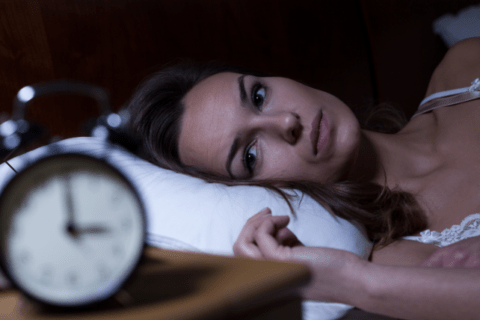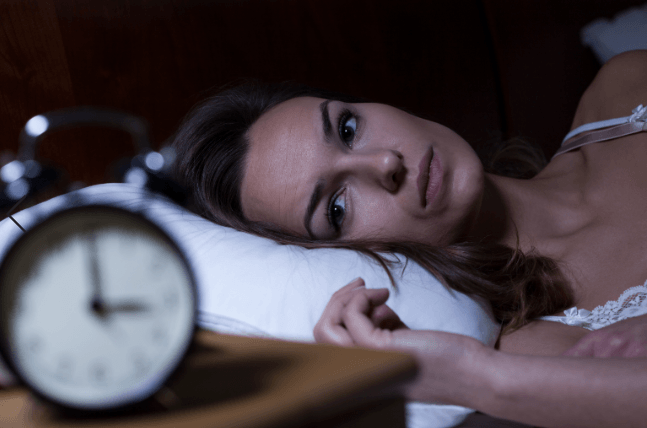
Just Sleep It Off?
Published on: febrero 27, 2019
 You can’t read about post-concussion rehabilitation these days without the mention of sleep. We have confirmed that many individuals who sustain a concussion experience “sleep disturbances”. What exactly is a “sleep disturbance”? What is our role in the rehabilitation of sleep disturbances? And what advice is to be given to the patient for a more successful recovery?
You can’t read about post-concussion rehabilitation these days without the mention of sleep. We have confirmed that many individuals who sustain a concussion experience “sleep disturbances”. What exactly is a “sleep disturbance”? What is our role in the rehabilitation of sleep disturbances? And what advice is to be given to the patient for a more successful recovery?
During the last few months, a number of interesting research papers were published and presented to better help us answer these key questions. At the American Academy of Pediatrics 2018 National Conference & Exhibition, in Orlando, Florida, Dr. Jane Chung. A sports medicine physician from the Texas Scottish Rite Hospital for Children presented her research titled “Association Between Sleep Quality and Recovery Following a Sport-Related Concussion in the Pediatric Population”. In her presentation, Dr. Chung identified the following as being associated with poor sleep quality:
- Sleeping fewer than 7 hours per night
- Waking up frequently
- Inability to fall asleep within 30 minutes
- Needing medication to sleep
- Unable to stay awake during the day
Dr. Chung further reported that the patients with poor sleep quality tended to present with twice as many clinical symptoms on their initial assessment and 3x worse symptoms at a 3-month follow-up examination. Dr. Chung et al’s work is supported by that of Hoffman et al with their most recent findings published in Sleep (Feb 2019) where they identified concussed individuals as 1) taking longer to fall asleep 2-3 days post-concussion, 2) experiencing a greater variation of sleep fragmentation and sleep time until symptom resolution, and 3) reporting worse sleep quality.
Just this month a study published in Sleep Health (Blake 2019) positively correlated the number of sleep disturbances following a concussion with the severity of symptoms and severity of quality of life dysfunctions.
The emphasis of managing sleep disturbances post-concussion appears to be of greatest importance with younger populations. Corti et al (J Child Neurol January 2019) reported that pediatric patients (17 and under) require more sleep, and that following a concussion are less likely to wake refreshed. In the same journal just a month earlier (January 2019) Howell et al studied the symptom burdens of children and adolescents (6-19 years of age) related to sleep disturbances post-concussion. Their work further confirmed the relationship of sleep disturbances and poorer clinical outcomes. Additionally, and of great significance, the authors found that individuals who reported trouble falling asleep tended to miss more days of school.
What is our role as clinicians in helping to manage the sleep of a concussed patient? While we may not all be board certified physician in sleep medicine, we certainly can offer critical pieces of advice to help normalize one’s sleep habits with the hopes of improving their overall rehabilitation intervention and quality of life status.
The following are things to consider as part of your rehabilitation plan for sleep disturbances for a post-concussed individual:
Timing: Develop a consistent schedule for time to go to sleep and time to wake up.
Duration: Younger children (under 12) should aim for 9-12 hours of sleep per night, adolescents 8-10 hours, and adults slightly less.
Environment: Minimize distractions (noises, bright lights, television, etc…) and have a comfortable bed, pillow, and sheets with a comfortable room temperature.
Bedtime Routine: Establish a “wind-down” routine that prepares you to fall asleep. This may include light reading, soft music, bath/shower, or an activity that allows you to gently feel relaxed.
Food/Drink: Prior to going to sleep, avoid beverages with caffeine, large meals requiring digestion, and alcohol.
Of further interest is a proof of concept paper published in the Journal of Integrative Medicine by Qin et al looking at the role of “self-shiatsu to improve sleep following a sport-related concussion. Shiatsu is a Japanese form of massage using finger pressure based on the 12 meridian paths of energy within the body. Popular in Eastern medicine, Shiatsu has been used to improve sleep and reduce daytime fatigue, in addition to contributing to one’s overall general health. Published in January of 2019, their results demonstrated support for the hypothesis of a self-shiatsu technique administered by individuals who sustained a concussion yielding improved sleep normalcy.
We have much more to learn regarding how and why sleep is disturbed following a concussion. In the meantime, we also have some tools to assist our patients with as they seek a speedy recovery and integration back to work, school, and sport.
References Cited
Blake AL, McVicar CL, Retino M, Hall EE, Kethcam CJ. Concussion history influences sleep disturbances, symptoms, and quality of life in collegiate student-athletes. Sleep Health. 2019 Feb;5(1):72-77.
Corti SJ, Pizzimenti NM, McCarthy MT, Essad KM, Kutcher JS. Comparing the acute presentation of sport-related concussion in the pediatric and adult populations. J Child Neurol. 2019; Jan ahead of print.
Hoffman NL, O’Connor PJ, Schmidt MD, Lynall RC, Schmidt JD. Differences in sleep between concussed and nonconcussed college students: a matched case-control study. Sleep. 2019 Feb 1:42(2).
Howell DR, Oldham JR, Brilliant AN, Meehan WP. Trouble falling asleep after concussion is associated with higher symptom burden among children and adults. J Child Neurol. 2019; Jan ahead of print.
Qin P, Dick BD, Leung A, Brown CA. Effectiveness of hand self-shiatsu to improve sleep following sport-related concussion in young athletes: a proof-of-concept study. J Integr Med. 2019 Jan:17(1):24-29.